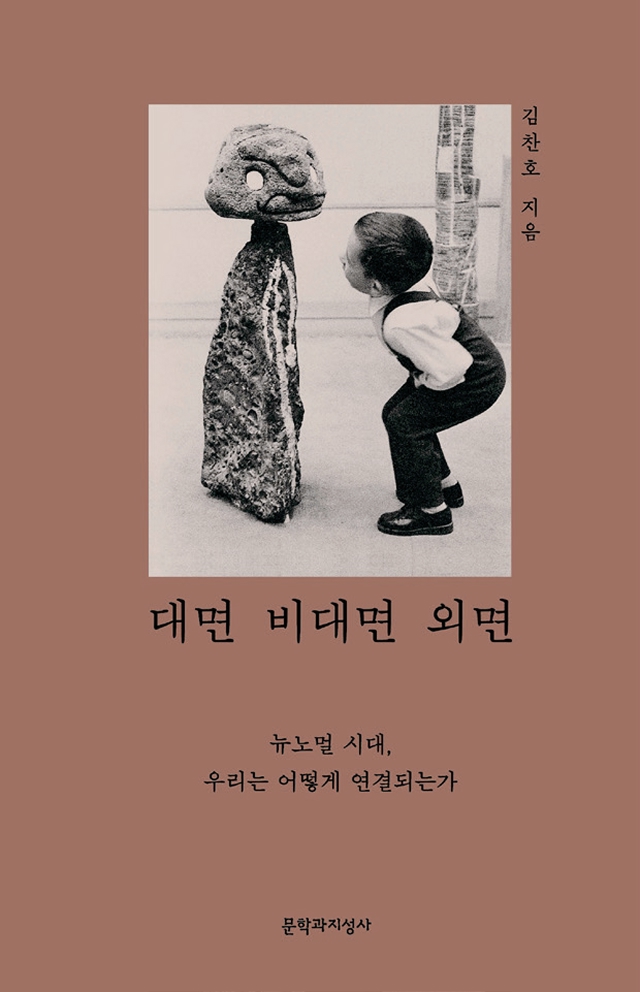
대면 비대면 외면—뉴노멀 시대, 우리는 어떻게 연결되는가
- Page
- 268
- Publication Date
- October 7, 2022
- ISBN
- 9788932040554

Kim Chanho, a sociologist who has been tracking everyday grammar that makes up
modern society, talks about the sociology of connection and empathy among people’s
hearts in the post-Corona era, looking back on the social changes caused by the
pandemic.
According to Erving Goffman, “human social life consists of face-to-face interactions
between individuals.” This proposition was right then, and is wrong now. The non
face-to-face, or contactless world has rapidly expanded since COVID-19, and our living
environment has changed accordingly. “Face-to-face” and “non-face-to-face” now
combine and intersect in various ways; they not only break down existing hierarchies and
practices, but also create a “new normal.”
While taking a broader view of the changes in the pandemic era, this book looks back
on what the pandemic has done to individuals and society, and on what aftermath it left
in terms of social relations. As the non-face-to-face world expands rapidly and becomes
more diverse, it is not easy to understand the current social relationships enough with
the concepts of face-to face and non-face-to-face. Therefore, Kim adds in this book
another key concept: “facing away.” While exploring under what social conditions can
boost our immune system—which has yet again become important—Kim emphasizes
that it is urgent for the society to provide its members with a variety of opportunities to
connect one another, and to form a new basis for itself.
To Kim, the post-Corona era can be an opportunity to awaken the unexpected potential
within us. He asks us to check our common sense to reorganize our daily lives; how
can we restore the social space where hearts are connected? In what way can we fix
up our collapsed lives and restore the society? Looking back at the end of the tunnel of
disasters, which we have come through, Kim recommends us to reflect on the lessons
we have already learned along the way.